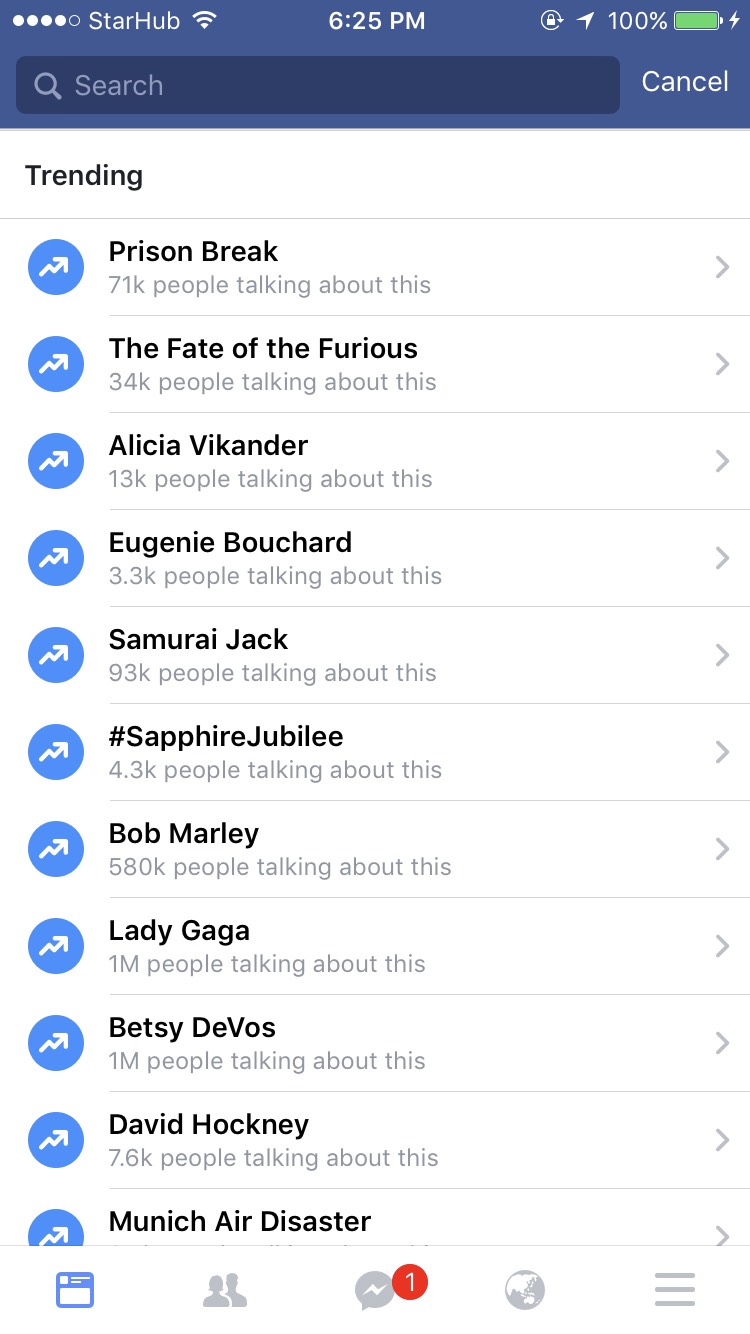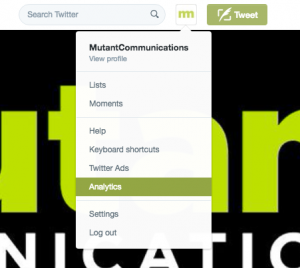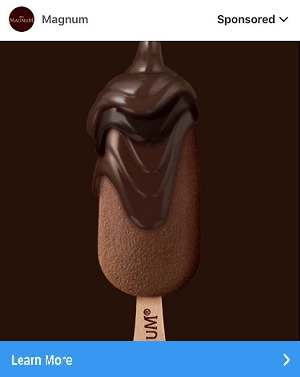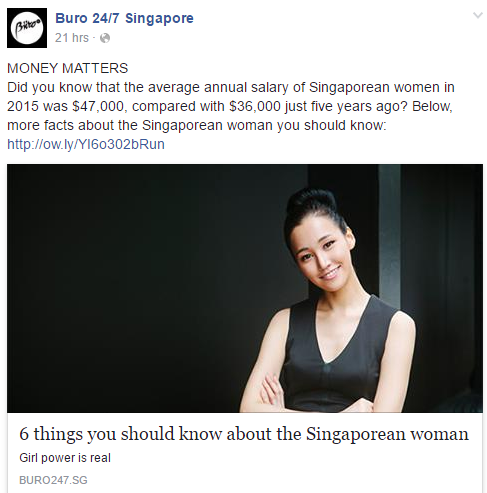E-commerce has taken the spotlight in recent months as the COVID-19 pandemic disrupted traditional distribution channels and businesses scrambled to identify new methods of achieving their sales goals.
With rising technological adoption among consumers and a surge in online transactions, it’s obvious e-commerce isn’t going anywhere. Whether you’re an Internet start-up or brick-and-mortar retailer, there are creative ways you can use an e-commerce marketing strategy in varying levels to reach more customers and increase sales.
Read on to find out how you can maximise digital opportunities, build your online presence, and ultimately set your company up for success with a strong e-commerce marketing strategy.
Understand online opportunities
There are many benefits to bringing your business online – consumers can learn more about your products and services, engage with your brand through interactive media formats, offer feedback, or make purchases via convenient online transactions.
Online metrics from platforms such as Google Analytics, Facebook Insights or your preferred email marketing software can also provide valuable insights into both your current and prospective customers. For example, which geographical region your customers are from, what kinds of content they interact with, and which of your products or services they find more appealing. With this knowledge in hand, you can develop holistic customer personas to ensure your digital marketing initiatives are targeted at the right audiences.
Expand your digital presence
Taking your business online opens the door to a myriad of opportunities, but with so many means to reach out to consumers, it is easy to lose focus. Keeping specific business goals and target audiences in mind, it is crucial for e-commerce companies to create a user-friendly website that introduces a seamless shopping experience and is optimised for purchase-based conversions, before carefully selecting the channels that would be most effective in driving customers to the company’s online home.
Some common methods of online promotion and engagement include:
- Search engine optimisation (SEO) – on the marketing side of SEO, incorporate target keywords and have purposeful content on your website that aligns with target audiences’ search intent to improve your website’s unpaid ranking on search engine results pages.
- Search engine marketing (SEM) – bid for keywords relevant to your brand through a platform such as Google Ads, in order to advertise to people typing in specific keywords on search engines.
- Display advertising – use a display ad network to show advertisements on third-party websites, raising brand awareness or retargeting customers who have visited your website previously to nudge them toward making a purchase.
- Organic social media – keep your brand top-of-mind, foster engagement, and cultivate a loyal community through strategic and regular posts on social media.
- Paid social media – invest in paid boosts to maximise the impact of organic posts and set up structured social media advertising campaigns with clear calls-to-action for sales or lead generation.
- Influencer marketing – collaborate with key opinion leaders who resonate with your target audiences to generate online buzz around your business.
- Email marketing – run email marketing campaigns to your customer database to promote special offers, announce noteworthy events and nurture customer relationships.
- Messenger marketing – from launching a Facebook Messenger chatbot to creating a dedicated Telegram channel, messaging applications can be used to automate customer support, share content and build customer loyalty.
Align marketing touchpoints to the customer journey
E-commerce businesses (or any other type of organisation for that matter) often adopt a combination of digital marketing tactics to connect with consumers across multiple touchpoints. The key to identifying the right mix of online touchpoints to focus your marketing efforts on is by understanding the customer experience. When it comes to e-commerce, consumers are likely to engage in distinct stages throughout the online shopping journey. Using an e-commerce marketing funnel or a similar principle such as the “See, Think, Do, Care” framework, map out the customer journey and align your marketing touchpoints to connect with customers where they are.
Once your touchpoints are active, remember to keep communication relatable and engaging, providing consistent value every step of the way. Evaluate your customer journey map and touchpoints on a regular basis, too, to check that they still resonate with target audiences. This strategic approach ensures your brand maintains top-of-mind awareness, creates ongoing positive perceptions among consumers, and spurs people toward making a buy (or more!)
Digital marketing is a crucial component of any e-commerce growth strategy. Apart from e-tailers, businesses of all kinds can also adapt the foundations of a strong e-commerce marketing framework – leveraging online opportunities, expanding your digital presence and aligning marketing touchpoints with your customers’ purchase journey – to navigate the digital world and set the company up for success.
Need help with your e-commerce strategy? Write to us at [email protected]





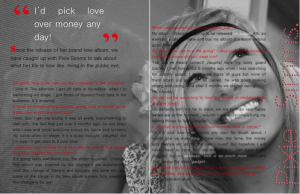






 Last, but certainly not least, brand monitoring. Outsourcing your marketing function shouldn’t be a one-trick pony. A dedicated and proactive agency should be continually optimising your marketing efforts. The world is a competitive place for brands big and small, and it is crucial to lower your risk of market stagnation. Brands need to be up to speed, consistent, as well as creative with their ideas. Having a great marketing campaign but not the strategy and monitoring in place is a slippery slope for brands. However, an agency will constantly try new things to keep your business on trend to deliver agreed-upon goals.
Last, but certainly not least, brand monitoring. Outsourcing your marketing function shouldn’t be a one-trick pony. A dedicated and proactive agency should be continually optimising your marketing efforts. The world is a competitive place for brands big and small, and it is crucial to lower your risk of market stagnation. Brands need to be up to speed, consistent, as well as creative with their ideas. Having a great marketing campaign but not the strategy and monitoring in place is a slippery slope for brands. However, an agency will constantly try new things to keep your business on trend to deliver agreed-upon goals.
